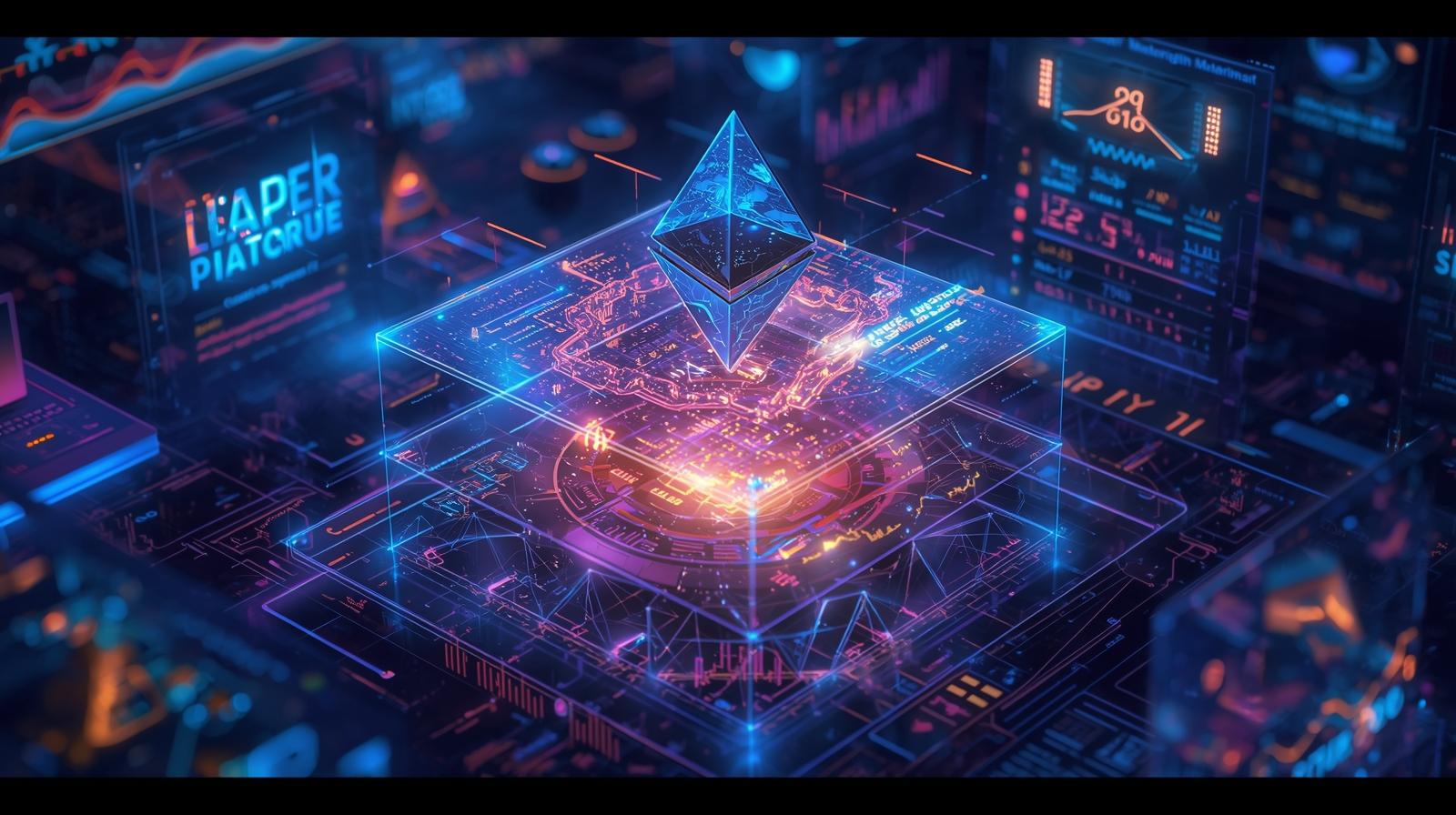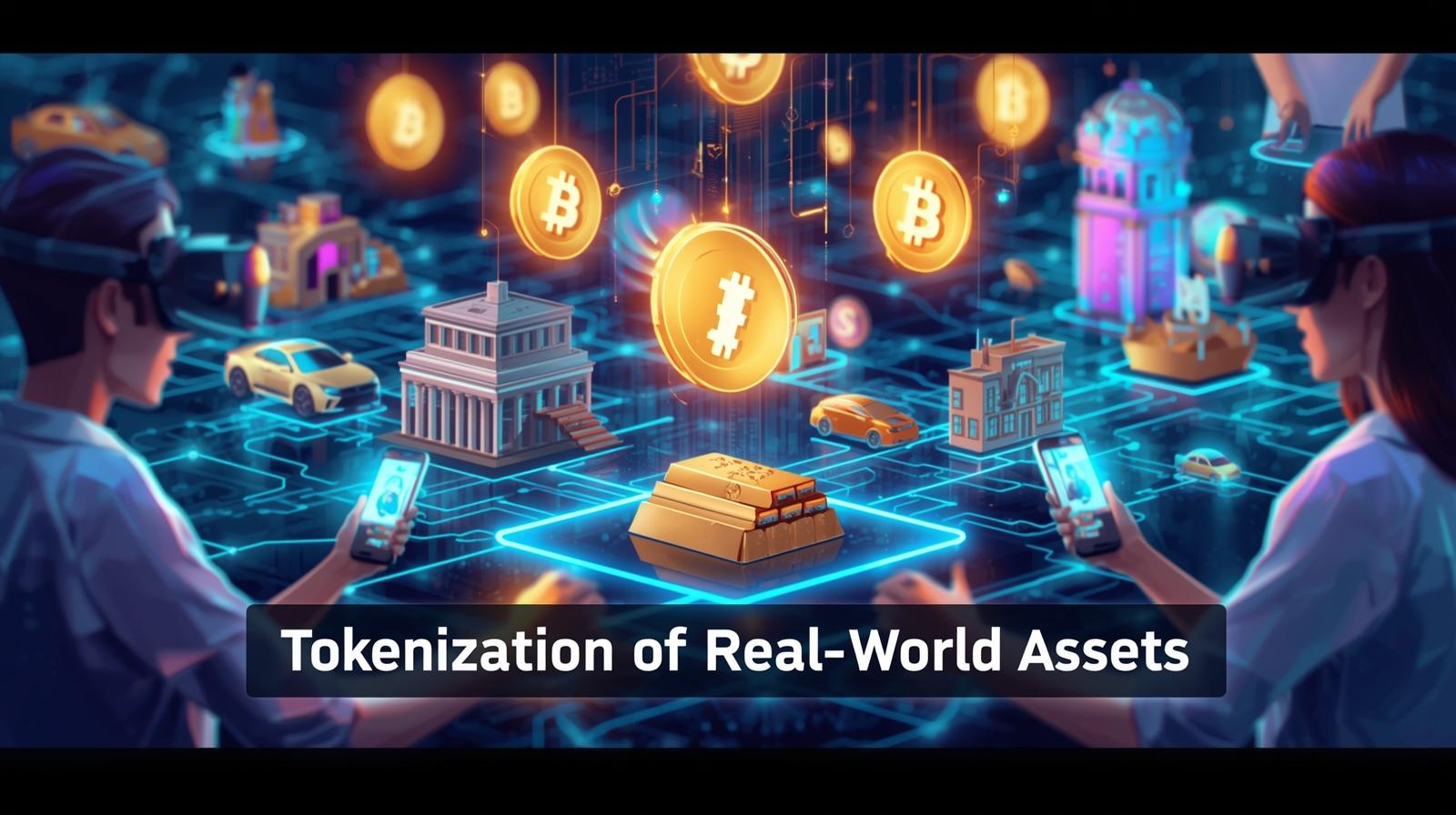Ethereum has revolutionized the world of decentralized applications (dApps) and smart contracts, but it faces a significant challenge: scalability. As the network grows, transaction congestion, high fees, and slower confirmation times have become major pain points for users. This is where Layer 2 solutions come into play.
What is Layer 2?
Layer 2 (L2) refers to protocols built on top of Ethereum (Layer 1) that handle transactions off the main Ethereum blockchain while still benefiting from its security. By processing transactions off-chain, Layer 2 solutions reduce congestion, lower fees, and improve speed without compromising decentralization.
Common Layer 2 solutions include:
- Rollups (Optimistic and ZK-Rollups)
- State Channels
- Sidechains
Each of these methods has its own approach to scaling, but the end goal is the same: make Ethereum faster, cheaper, and more user-friendly.
Why Layer 2 Matters
- Lower Transaction Fees
Ethereum’s high gas fees have been a barrier for many users, especially during periods of high network demand. Layer 2 solutions drastically reduce transaction costs, making microtransactions and DeFi activities viable for everyday users.
- Faster Transactions
With Layer 2, transactions can be confirmed in seconds rather than minutes. This speed is crucial for gaming, NFT marketplaces, and other real-time applications.
- Scalability for dApps
Decentralized applications often require thousands of transactions per second. Layer 2 solutions enable dApps to scale without overwhelming Ethereum’s main chain, ensuring a smooth user experience.
- Ecosystem Growth
As Layer 2 adoption increases, Ethereum can support more developers, projects, and users, strengthening its position as the leading smart contract platform.
Popular Layer 2 Projects on Ethereum
Several projects are leading the charge in Ethereum’s Layer 2 ecosystem:
- Arbitrum – Optimistic rollup for fast and low-cost transactions.
- Optimism – Scales Ethereum using optimistic rollups with strong security guarantees.
- Polygon – A multi-chain ecosystem offering sidechains and L2 scaling solutions.
These projects demonstrate that Layer 2 is not just a temporary fix but a long-term solution for Ethereum’s growth.
The Future of Ethereum with Layer 2
With Ethereum 2.0 upgrades and Layer 2 solutions working hand-in-hand, the network is set to handle massive adoption while remaining decentralized and secure. Layer 2 is the bridge that makes Ethereum practical for everyday use, from DeFi and NFTs to gaming and payments.
In short, Layer 2 is not optional—it’s essential for Ethereum to maintain its position as the world’s leading smart contract platform.



